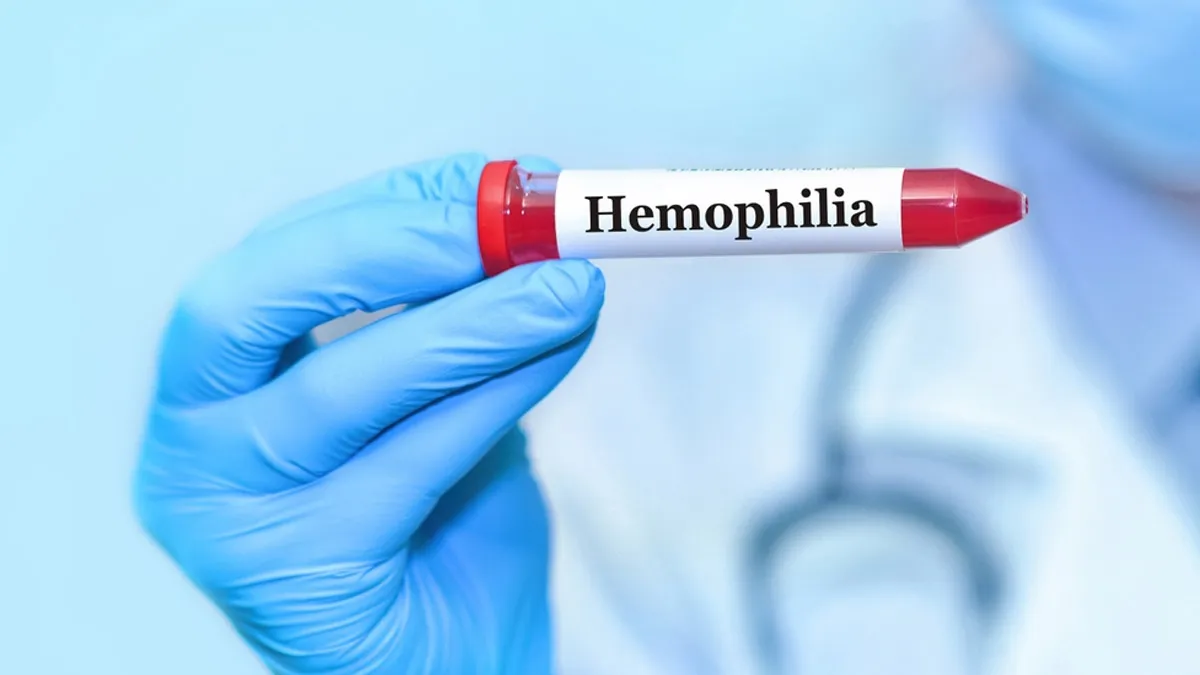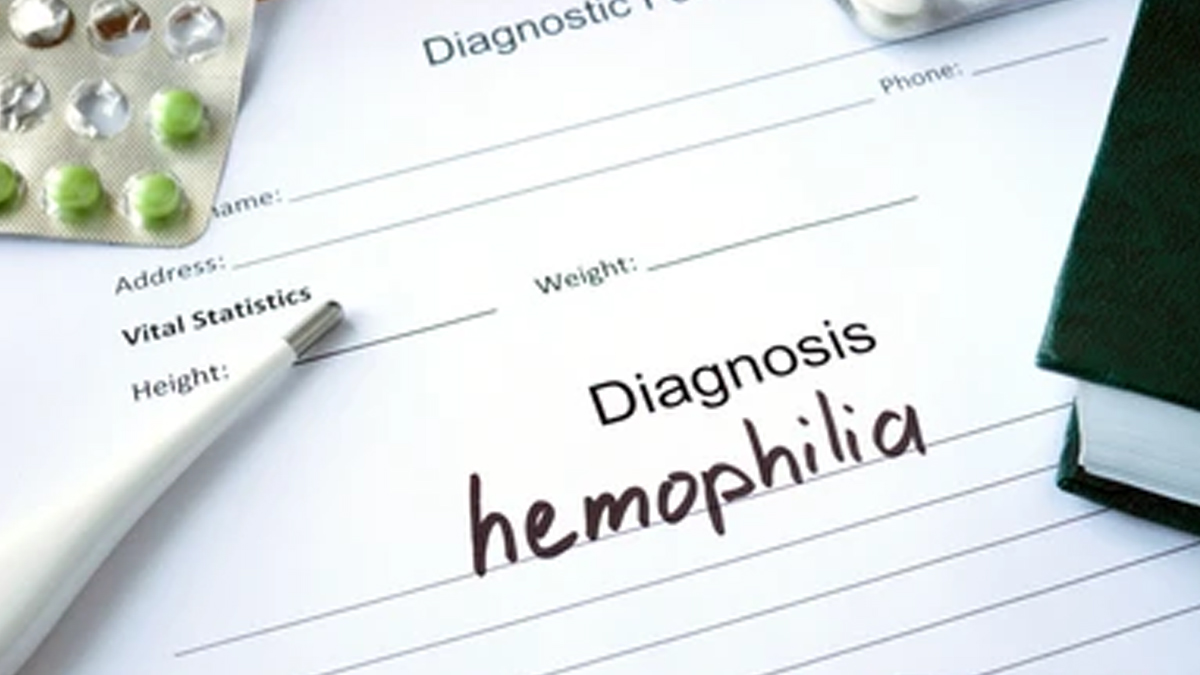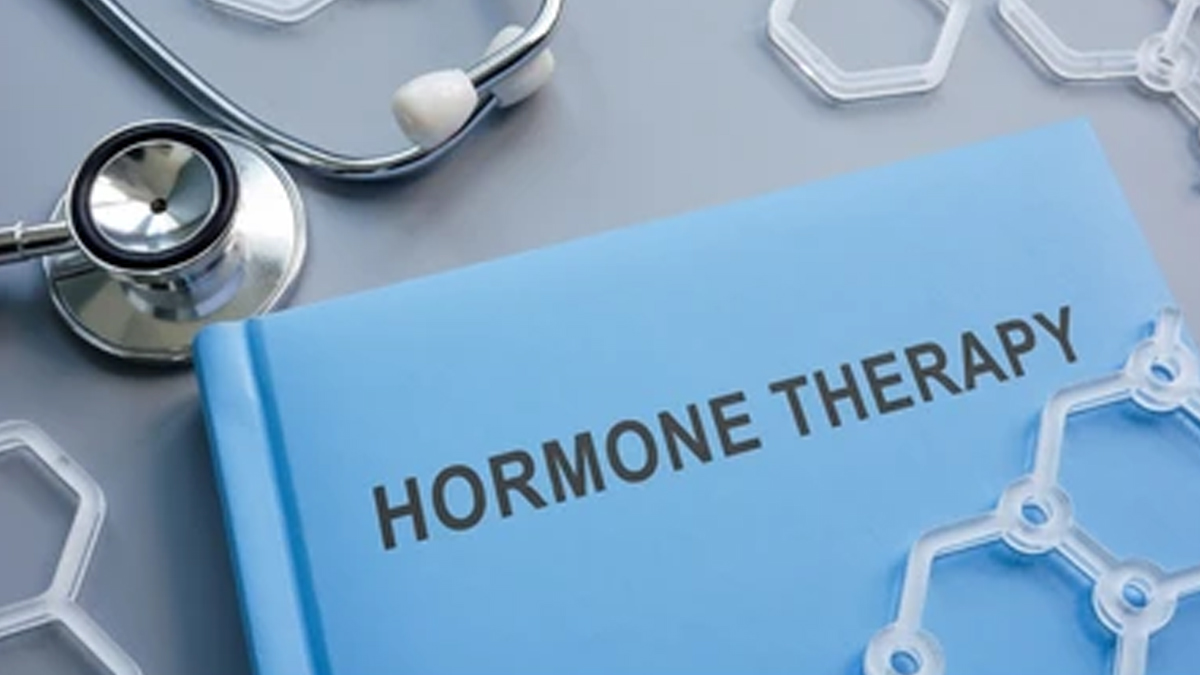
When most people hear the term 'haemophilia,' they think of a rare bleeding disorder that primarily affects men. There is a lack of knowledge about the possibility of women developing haemophilia. Furthermore, many patients suffer in silence for years as a result of unexplained symptoms, misdiagnosis, and miscommunication along the journey to diagnosis and therapy.
Table of Content:-
We spoke to Dr MA Suboor Shaherose, Consultant, Haematology, Medical Oncology, CARE Hospitals Banjara Hills, Hyderabad, who explained haemophilia in women and why it remains undiagnosed.
Haemophilia Is Not Exclusively A Male Disease

Haemophilia is a genetic disorder that impairs the blood's ability to clot normally. It is caused by a deficiency in clotting factors, blood proteins that help prevent bleeding.
According to the World Federation of Hemophilia, haemophilia is usually passed down from parent to child through genes. In individuals with haemophilia, the genes essential for producing clotting factors are modified or altered. Consequently, their bodies may not produce enough clotting factor, or the clotting factor they do produce may not function correctly.
“Because the gene is on the X chromosome, men with only one X chromosome are more likely to have haemophilia. Women with two X chromosomes may inherit haemophilia if the mutation affects both X chromosomes or if their functional clotting factor levels are below normal,” explained Dr Shaherose.
Women with mild or severe haemophilia have long been overlooked because they are wrongly thought to be 'carriers' of the gene rather than real sufferers. Many women experience substantial bleeding as a result, however, they seldom receive a proper diagnosis or treatment.
Also Read: Tiny Bleeds With Severe Consequences: Expert Explains Microbleeds In Haemophilia Patients
Why Don't More Women Have A Diagnosis?

For women with haemophilia, the problem begins with awareness, or, more precisely, ignorance. When a woman has atypical bleeding, many medical professionals and even patients believe haemophilia is not to blame. This explains why ladies usually go overlooked. “Women's symptoms may be less severe than men's since they often have higher baseline clotting factor levels. As a result, doctors may dismiss haemophilia as a possible aetiology,” added Dr Shaherose.
- Mislabelled as heavy periods: One of the most common signs of haemophilia in women is heavy menstrual bleeding, often known as menorrhagia. Without further inquiry, many people are told that it is just a normal part of having 'bad periods' or are given birth control to manage it.
- Repeated nosebleeds and bruises are ignored: Women who experience frequent nosebleeds or bruises may dismiss these symptoms as minor inconveniences rather than signs of an illness.
- A lack of regular testing: Most clinicians do not evaluate a woman's clotting factor levels unless she has experienced significant bleeding after surgery or childbirth, or if she has a strong family history of haemophilia.
Also Read: Haemophilia: What Men Need to Know About This Genetic Bleeding Disorder
Effects of Haemophilia on Daily Life

“Women with haemophilia who have not received a diagnosis or treatment may find daily life difficult. Persistent bleeding can occur from even minor wounds or dental operations. Others are always fatigued owing to untreated internal bleeding in their muscles and joints, which can result in long-term damage and persistent pain,” said Dr Shaherose.
Periods can be tough. Women with haemophilia are more likely to have periods that last more than a week, followed by severe cramps and blood loss, resulting in anaemia. Some women frequently skip social functions, work, and school.
Pregnancy and childbirth present major risks. Labour and delivery can still be dangerous due to the likelihood of substantial bleeding, even if some haemophiliac women's clotting factor levels have grown throughout the pregnancy. If postpartum haemorrhage is not adequately detected and managed, it can be fatal.
Obtaining an Accurate Diagnosis
If you or someone you know has had serious bleeding that cannot be explained, you should be checked for haemophilia. The diagnosis usually includes:
- Clotting Factor Tests: These tests determine whether a deficit exists by measuring the amount of clotting factors in the bloodstream.
- Genetic Testing: If the patient has a family history of haemophilia, genetic testing can confirm the existence of the gene.
- Bleeding Assessment Tools: Clinicians may use particular questionnaires to assess the history and severity of bleeding.
Haemophilia Management for Women
Women with haemophilia can enjoy healthier, more fulfilled lives after receiving a diagnosis via treatment and lifestyle modifications. Here are some management measures shared by the expert:

- Clotting factor replacement therapy: Some women may require this therapy, especially before surgery, dental procedures, or childbirth.
- Hormonal therapy: In some circumstances, birth control pills or intrauterine devices can aid with monthly bleeding.
- Antifibrinolytic drugs: They can help during menstruation or surgery by slowing the breakdown of blood clots.
- Physical therapy and pain management: People experiencing joint pain or internal bleeding can avoid complications by adopting physical therapy and pain management techniques.
Raise Awareness and Eliminate the Stigma
The most difficult aspect of treating haemophilia in women is eliminating the outdated idea that it is solely a male disorder. More information for the general public and healthcare professionals is needed to ensure women obtain timely and accurate diagnoses.
Bottomline
Dr Shaherose concluded, “Women should feel empowered in medical settings to express their concerns and advocate for themselves. If you have had severe bleeding, unexplained bruises, or regular nosebleeds, you might seek a clotting factor test. Early treatment and diagnosis can make a significant difference in outcomes.”
[Disclaimer: This article contains information for informational purposes only. Hence, we advise you to consult your professional if you are dealing with any health issue to avoid complications.]
How we keep this article up to date:
We work with experts and keep a close eye on the latest in health and wellness. Whenever there is a new research or helpful information, we update our articles with accurate and useful advice.
Current Version